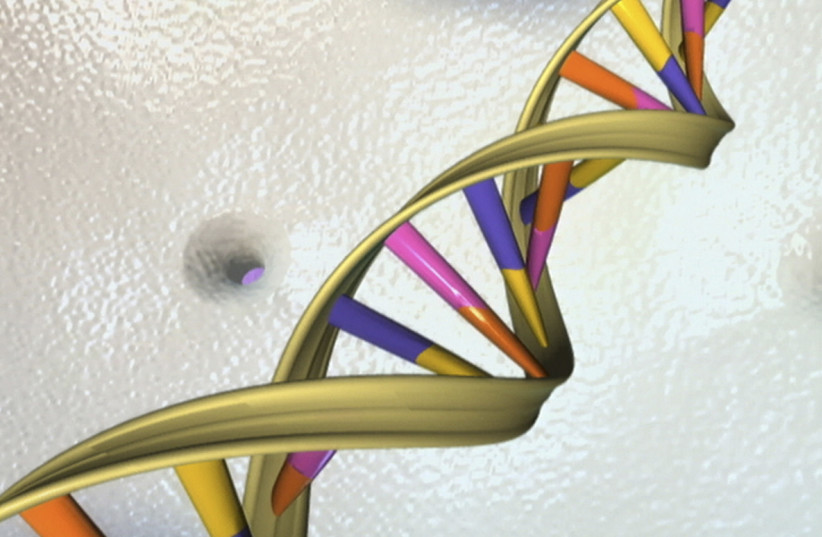Two genes in the mouse genome, left behind from ancient viral infections, have been shown to fight new infections in the brain. Revealed in a Japanese study published Tuesday in the peer-reviewed biology magazine Development, this information could have groundbreaking implications for medicine today.
The genes, called 'retrotransposon Gag-like' 5 and 6 (Rtl5 and Rtl6), are found in nearly all mammals. They bear similarities to genes found in retroviruses such as HIV. Researchers hypothesized that they must serve some important function to have survived in the mammalian genome for over 100 million years despite being acquired from viral genes.
"Our ‘eureka moment’ came during a dissection when Dr. Ishino was carefully removing a mouse brain. We realized that if instead we damaged the brain, we could activate RTL6.”
Dr. Kaneko-Ishino
Upon examination, scientists discovered that the genes are microglial. Microglia are cells that act as the main immune defense in the central nervous system.
“We never expected that Rtl6 and Rtl5 would function in microglia when we started this work 15 years ago, and even when we knew that Rtl6 was a microglial gene we didn’t understand its significance," according to Dr. Kaneko-Ishino, lead researcher alongside Dr. Fumitoshi Ishino at Tokyo Medical and Dental University.
"Our ‘eureka moment’ came during a dissection when Dr. Ishino was carefully removing a mouse brain. We realized that if instead, we damaged the brain, we could activate RTL6.”


Research methods and results
Scientists created face infections in mouse brains to test how the genes would respond to bacteria and viruses. They noticed that Rtl5 responded to the bacteria-like infections while Rtl6 would respond to either bacteria or viruses. What is more, when researchers repeated the experiment but removed the Rtl5 and Rtl6 genes, the mice were unable to recover from the infections. This showed them that these genes are the primary line of defense against the most common types of infection in the brain.
“Virus-acquired genes are essential parts of our genome, playing various, essential roles in mammalian and human development," he concluded. "We think it is possible to extend this idea to primate- and human-specific acquired genes from retroviruses to help us understand human evolution.”
